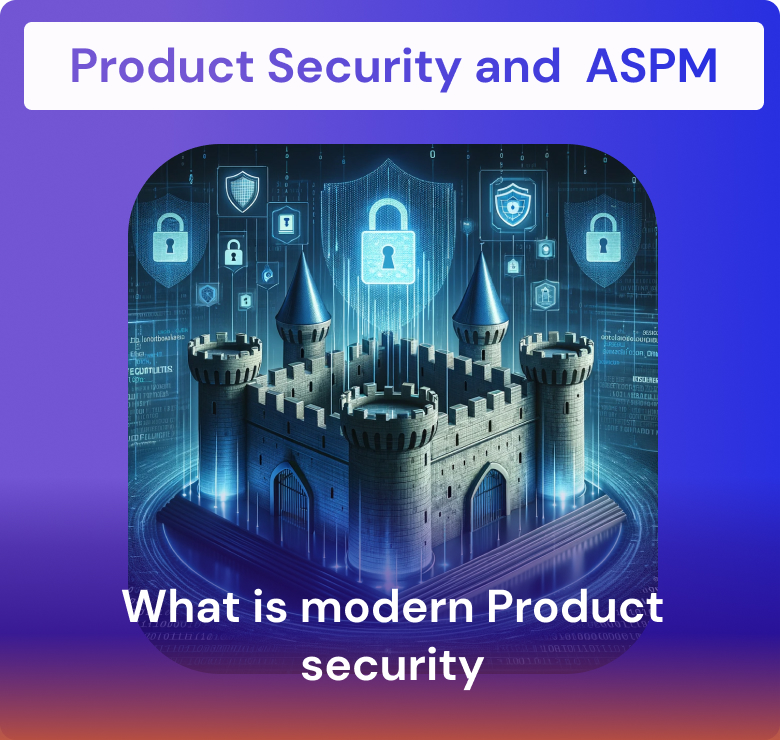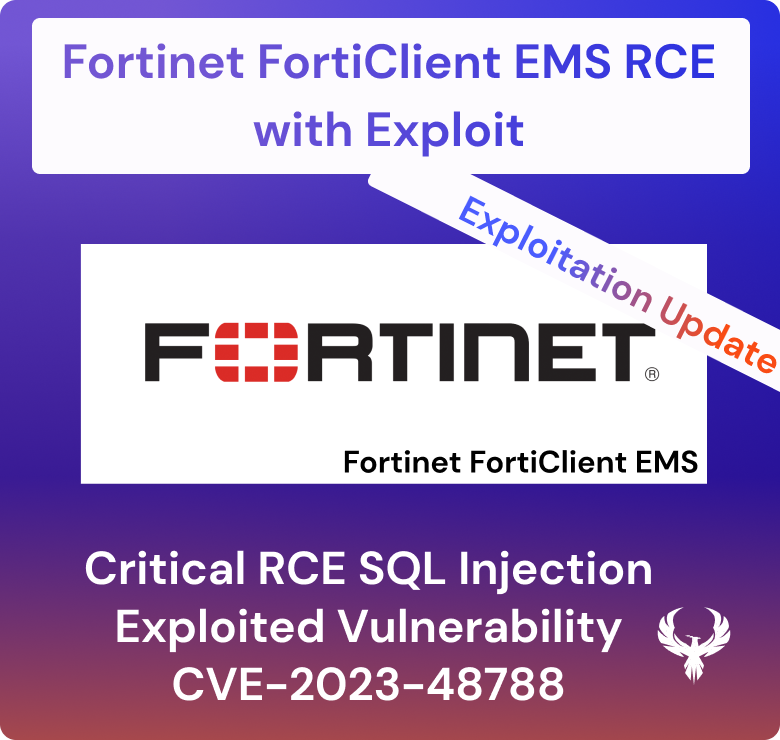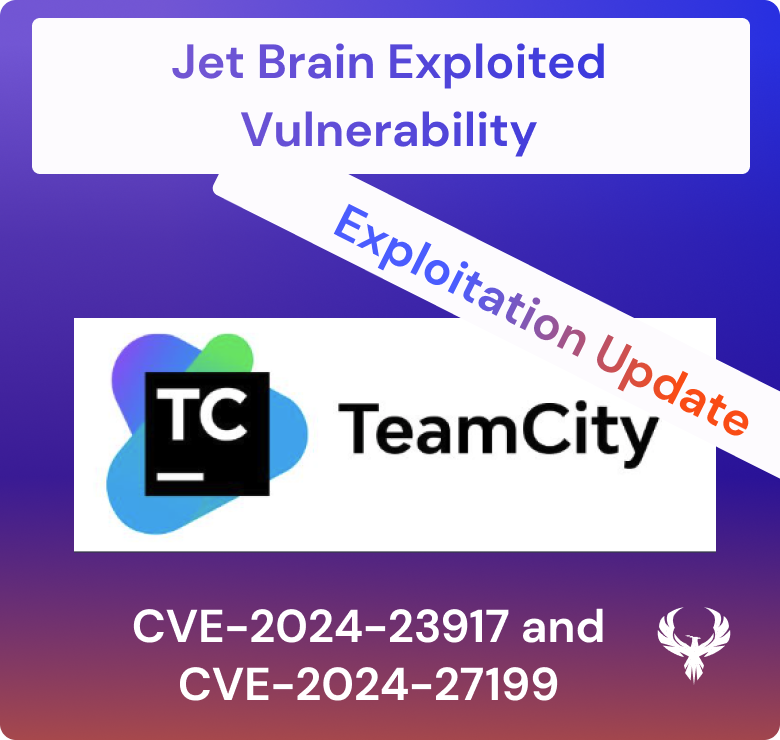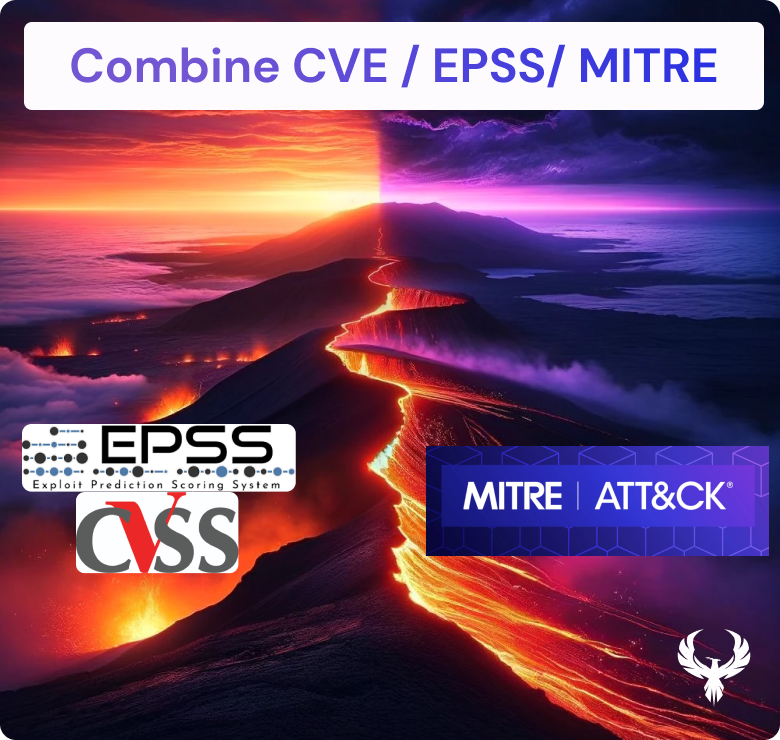The Evolution from Application Security to Product Security in ASPM
Application security (AppSec) has traditionally been about securing individual software applications, concentrating on code integrity, vulnerability testing, and patch management. It is now evolving into a new concept called ASPM. However, as technology ecosystems become more complex, this approach is akin to fixing a leak in a dam while ignoring the rising water levels. Enter product security, a comprehensive strategy encompassing the entire product ecosystem, including libraries, code repositories, deployment environments, and more.
Gartner defines ASPM as application security posture management; click here for a quick analysis of ASPM and key insights.

Application security (Appsec) is, as a similar analogy a diligent librarian, meticulously organising and protecting each book (application). In contrast, product security is the architect of the entire library, ensuring the safety and integrity of the structure, the books, and the readers.
With a similar chess analogy, I’ve explained why looking at the broader picture is important.
The Role of ASPM in Product Security

Application Security Posture Management (ASPM) has become more relevant as the complexity of applications has grown. ASPM provides a full-stack view of the product’s security posture, identifying vulnerabilities not just in the application but across its entire ecosystem. It’s like having a security guard equipped with a high-tech surveillance system that monitors every nook and cranny of a building rather than just the front door.
When considering a product security approach, the security team considers all the elements that could affect a product.
- The location where the application runs, exposure of the system
- Which system is the application deployed into
- The health of the containers/ cloud environments
- The code, libraries, API, and web endpoint that form an application
- The teams that maintain the application and attribution of the vulnerabilities to the right team
To summarise, it is important to look at HOW an application is being built (appsec) and where it is deployed.
The challenges of a manual approach instead of product security and ASPM
While manual analysis is required in application security, it can be difficult to manually process several thousands of vulnerabilities and distinguish which vulnerability is used in production on a system exposed over the web that is processing customer data information.
Usually, a triage approach is considered quite straightforward

In reality, the triage session and understanding why a vulnerability affects a specific system and whether it is possible to address the issue immediately or whether there are other priorities is quite complex.

Lucky Application security posture management solutions have simplified a lot of those steps, accelerating the triage by automatically prioritising, contextualising, identifying if a specific issue is fixable, whether the system has compensating controls, and automating a lot of the risk mitigation methods.
Why embrace product security with an ASPM methodology?
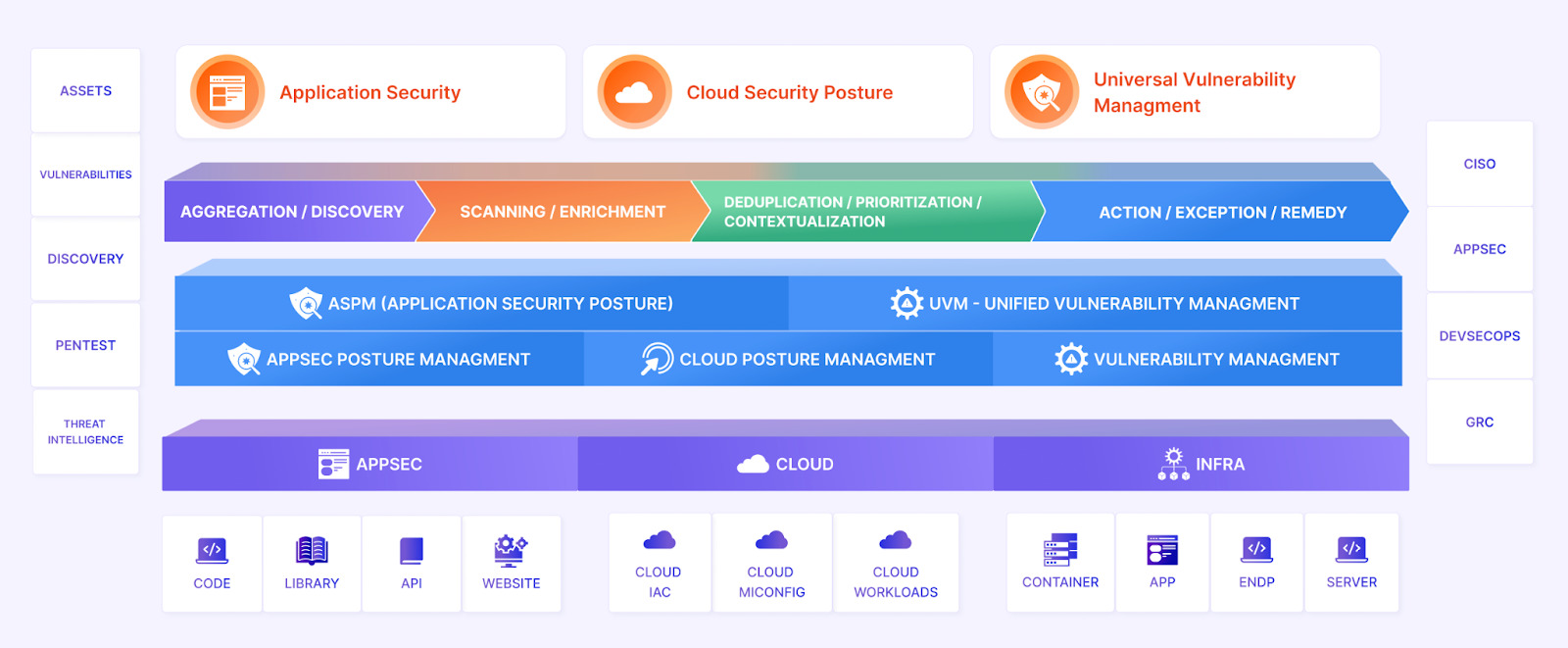
The product and application security teams have a wider attack surface to protect nowadays. The shift to product security is about expanding their purview and adopting a new mindset. It’s like moving from playing chess, instead of focusing on individual pieces, to playing 3D chess, where the dynamics of the entire board matter.
Application security issues tend to be complex in nature, and relating that message to business is challenging. No one in a development environment wants to develop bad code, but teams are pressured to deliver faster, cutting corners, resulting in poor security methodologies.
This is because the business often does not have an opinion on the security level they have to achieve. As security, we deliver a picture of thousands and thousands of problems without any context and is hard to decide how to prioritise.
Offering a risk-based view of the product (application security) and where those products operate (environment) is often the best way to achieve prioritised application security.
Product security enables CISOs and Application Security Product Security professionals to:
- Adopt a Holistic View: Understand the interdependencies within the product ecosystem, including third-party libraries, cloud environments, and CI/CD pipelines.
- Foster Collaboration: Work closely with development, operations, and business teams to embed security into every product lifecycle stage.
- Advocate for Security Culture: Promote a security-first mindset across the organization, ensuring that every stakeholder understands their role in maintaining the product’s security.
The Future of Product Security
As we look ahead, product security is set to become the norm, with ASPM at its core. This approach will not only enhance the security of products but also streamline compliance, improve customer trust, and ultimately contribute to the bottom line.
For organisations, the message is clear: the time to shift from application security to product security is now. And for CISOs, this shift represents an opportunity to redefine their role and impact within the organisation.
In conclusion, as we navigate this transition, let’s remember that product security is not just about protecting a product; it’s about safeguarding the trust in the software product.
How Phoenix Security Can Help

Phoenix Security helps organizations identify and trace which systems have vulnerabilities, understanding the relation between code and cloud. One of the significant challenges in securing applications is knowing where and how frameworks like Struts are used. ASPM tools can scan the application portfolio to identify instances of Struts, mapping out where it is deployed across the organization. This information is crucial for targeted security measures and efficient patch management. Phoenix Security’s robust Application Security Posture Management (ASPM) system is adept at not just managing, but preempting the exploitation of vulnerabilities through its automated identification system. This system prioritises critical vulnerabilities, ensuring that teams can address the most pressing threats first, optimising resource allocation and remediation efforts.
The Role of Application Security Posture Management (ASPM):
ASPM plays a vital role in managing and securing applications like those built with Apache Struts. It involves continuous assessment, monitoring, and improvement of the security posture of applications. ASPM tools can:
- Identify and Track Struts Components: Locate where Struts is implemented within the application infrastructure.
- Vulnerability Management: Detect known vulnerabilities in Struts and prioritize them for remediation.
- Configuration Monitoring: Ensure Struts configurations adhere to best security practices.
- Compliance: Check if the usage of Struts aligns with relevant cybersecurity regulations and standards.
By leveraging Phoenix Security, you not only unravel the potential threats but also take a significant stride in vulnerability management, ensuring your application security remains up to date and focuses on the key vulnerabilities.

